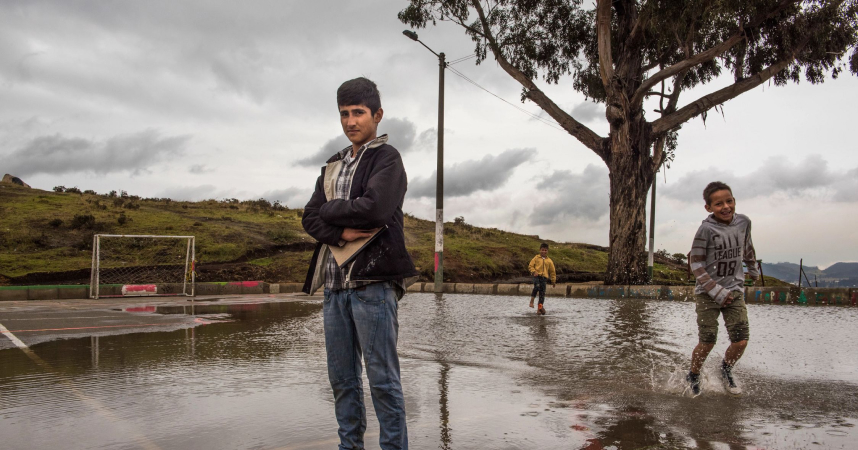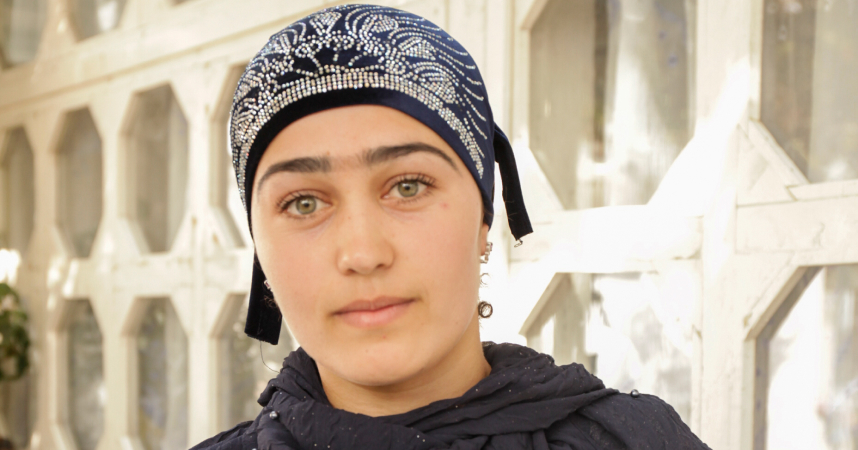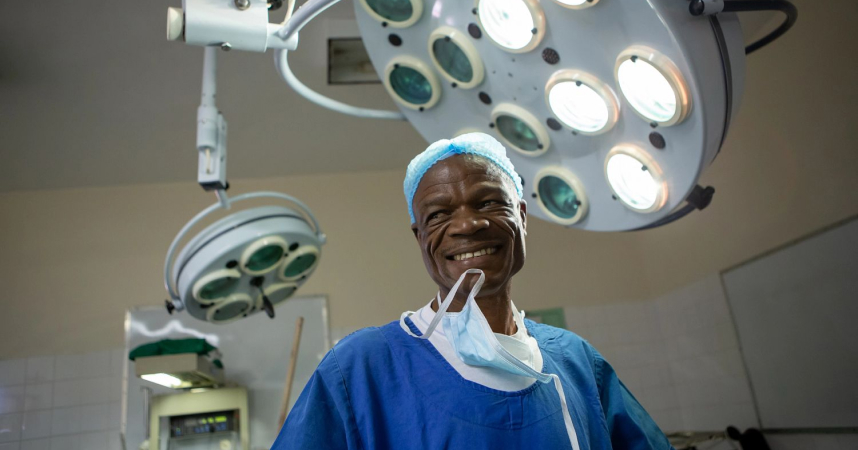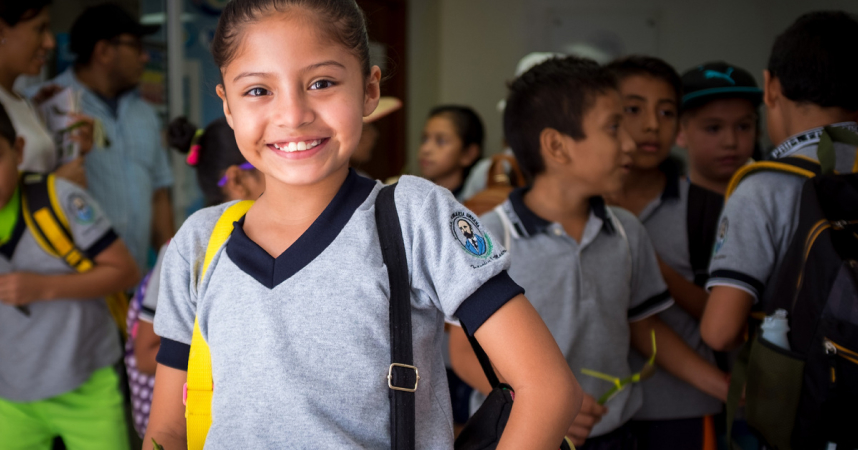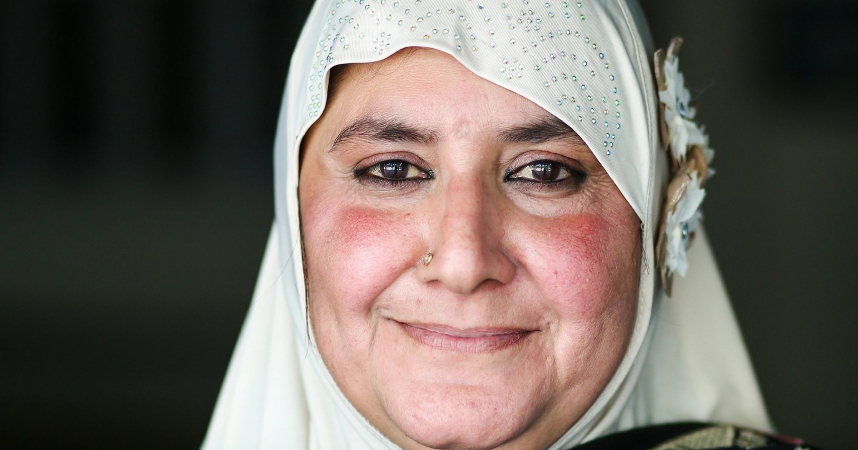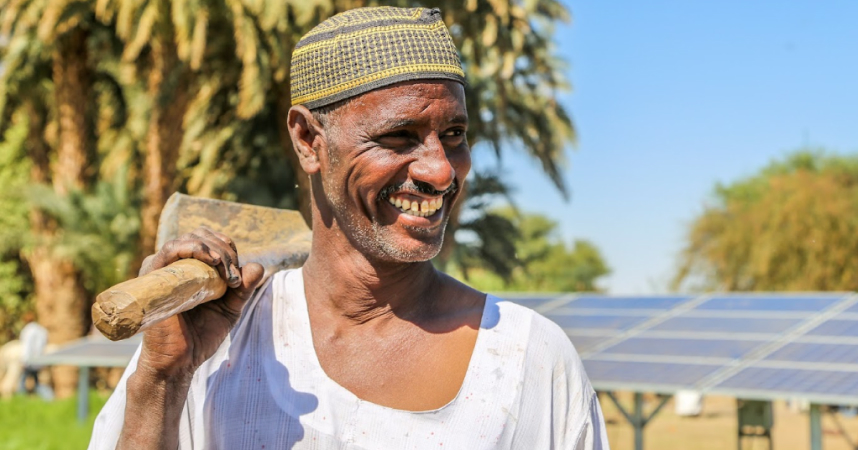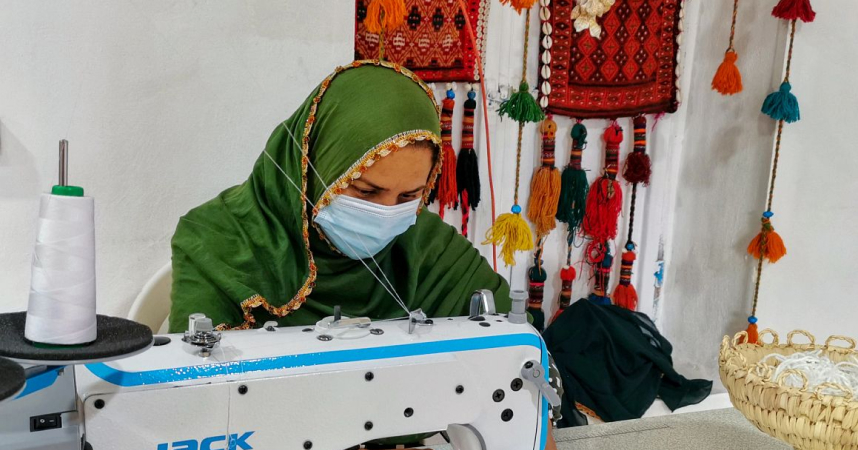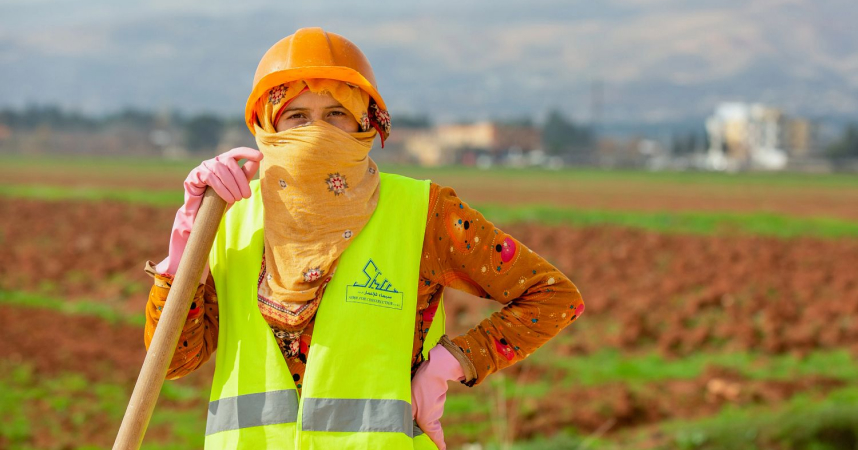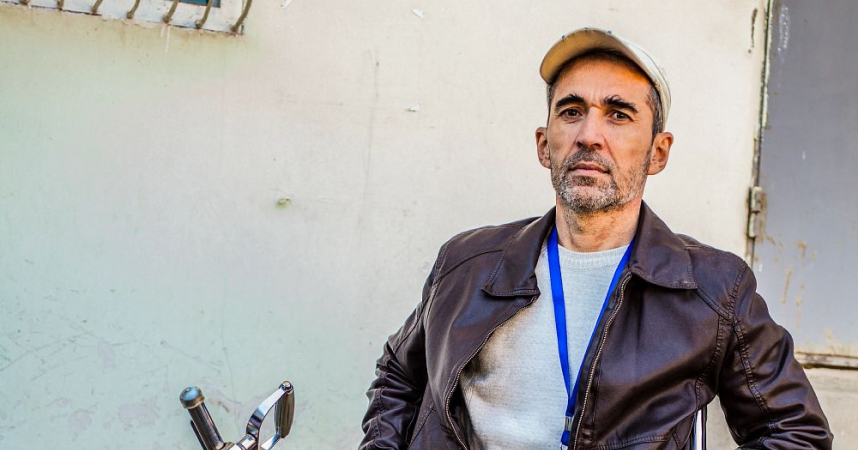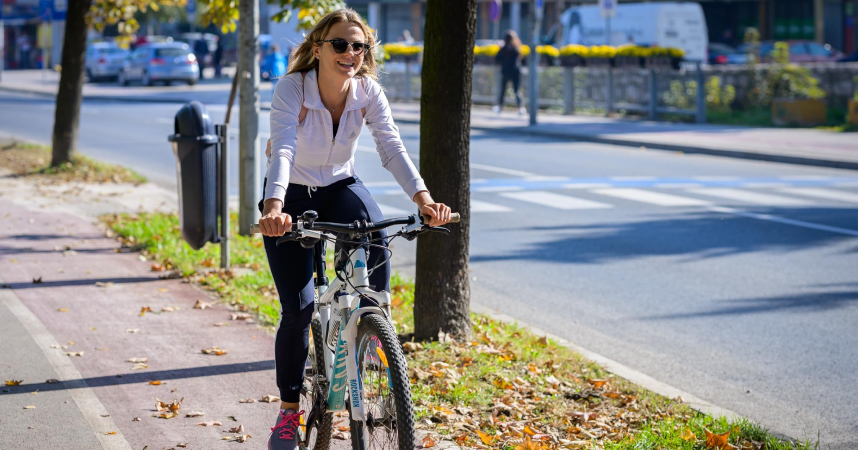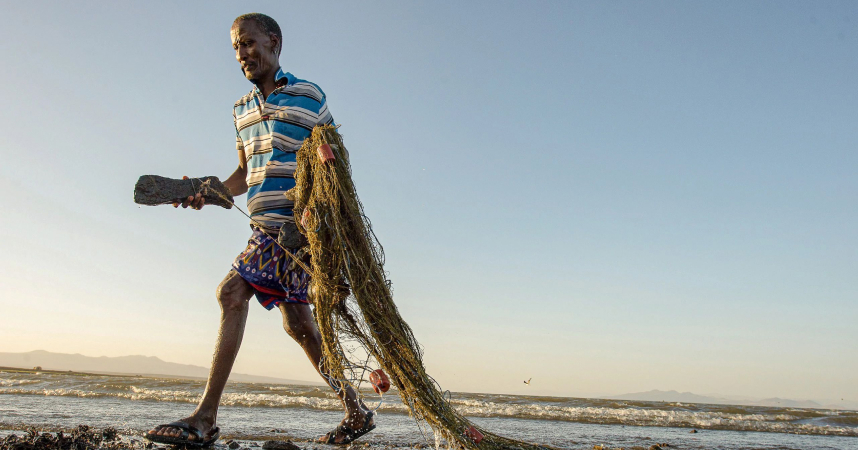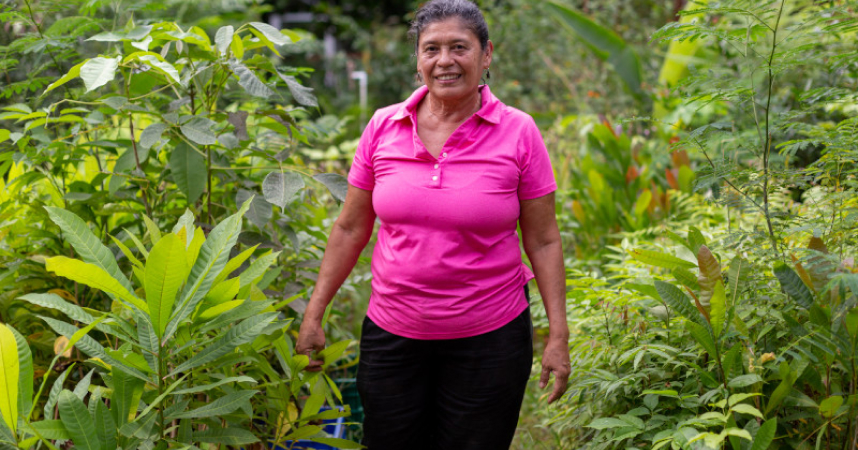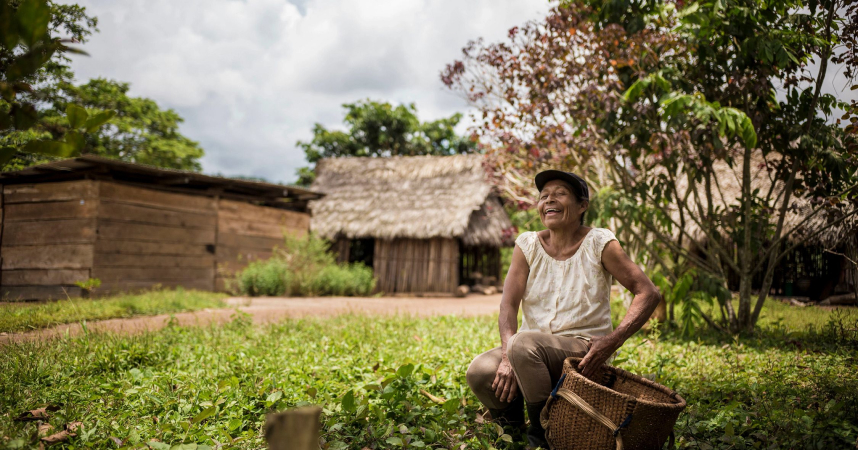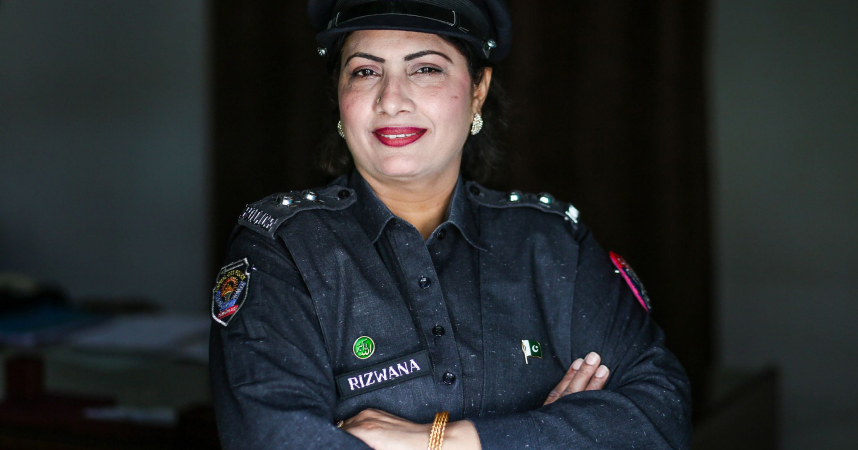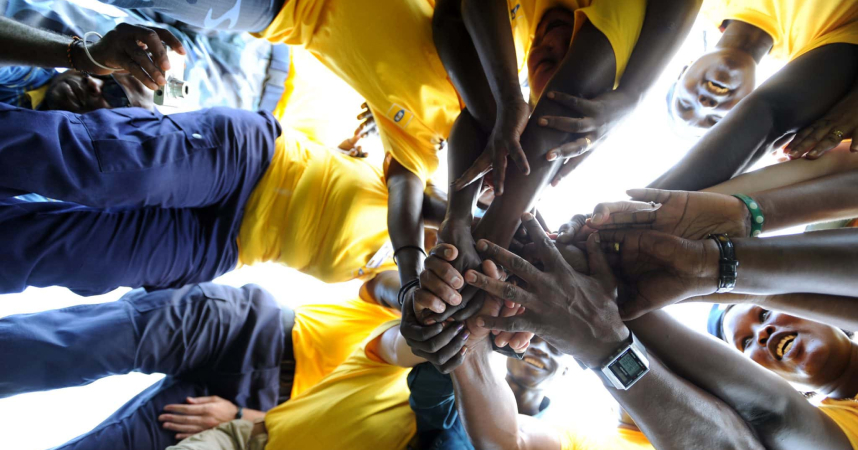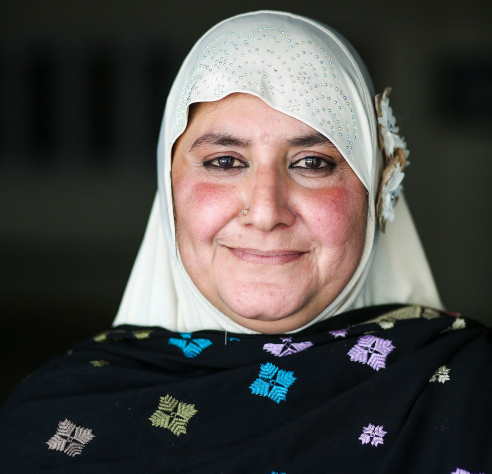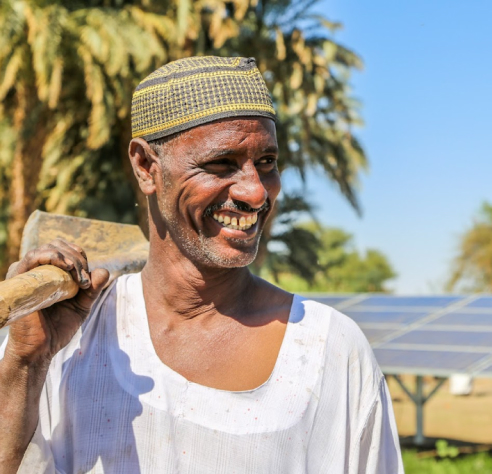Goal 6: Clean water and sanitation
Universal access to drinking water and sanitation
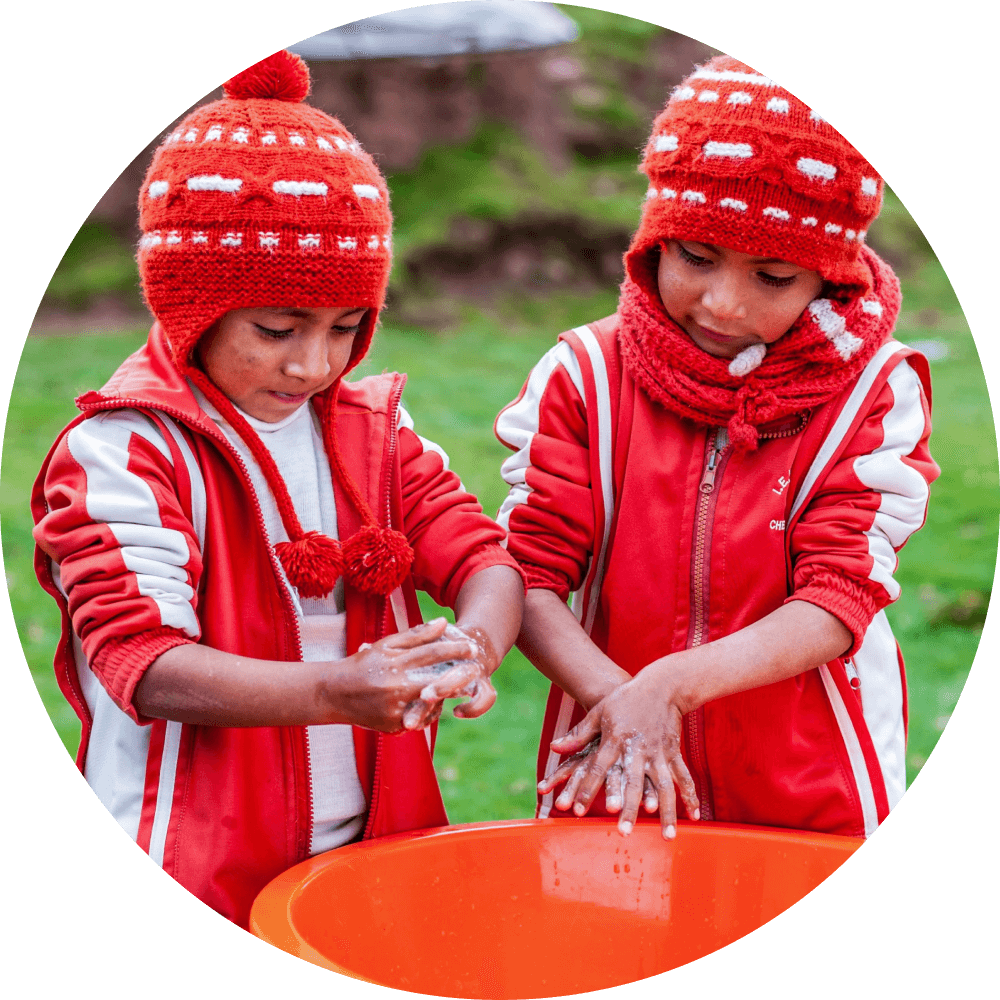
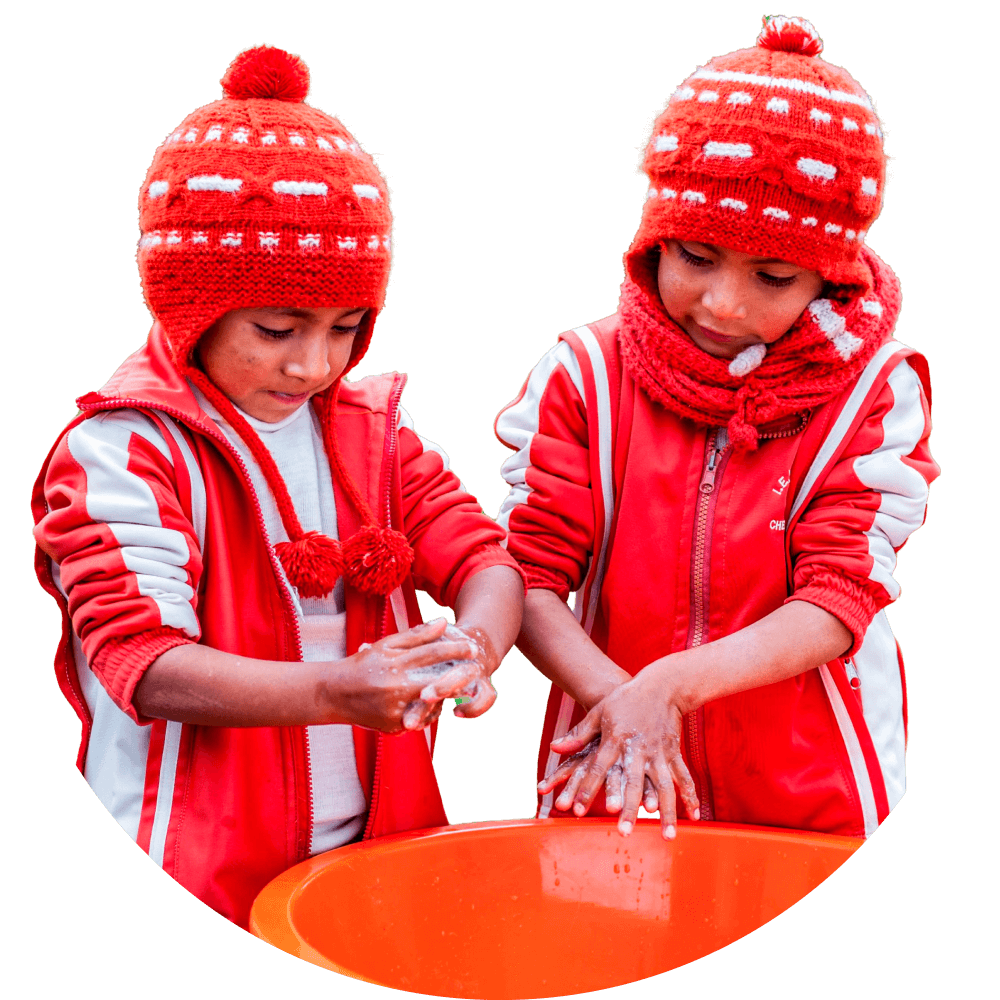
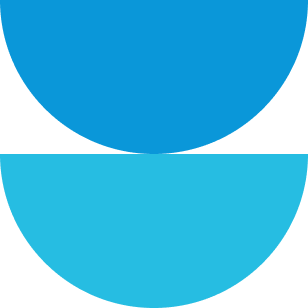
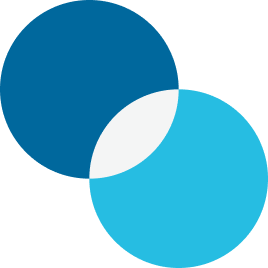

2015 and 2022
687M
people gained access to safely managed drinking water services.
More and more countries are experiencing water stress, with drought and desertification worsening these trends. A lack of cross-sector coordination over water use, between agriculture, industry, energy production and household supply, threatens the achievement of several SDGs, including those on food, energy and nature.
Access to drinking water, sanitation and hygiene has improved significantly in rural areas, but urban areas saw stagnation in progress. Wetlands and other water-related ecosystems that could help to provide clean water and regulate flooding and droughts are under threat from pollution, climate change and overexploitation.

Key steps must be taken to meet the targets of SDG 6 and provide universal access to safe water and adequate sanitation while protecting and restoring water-related ecosystems.




International cooperation and support to developing countries in water- and sanitation-related activities must be expanded. Programmes of water harvesting, desalination, water efficiency, wastewater treatment, recycling and reuse technologies must be initiated or bolstered.


Local community participation is critical for improving water and sanitation management.
Innovation for water infrastructure
In the Horn of Africa over 40 million people live along border areas with little to no water infrastructure. Meeting their demand for water will require greater investment and innovation to shift how water is harvested for livestock, farming and domestic use.
The UNDP Africa Borderlands Centre is working to develop climate resilient groundwater for agro-pastoralism and domestic use in selected borderland locations in Ethiopia, Kenya and Somalia.

Photo credits
-
UNDP Peru
-
UNDP/Samuel Godfrey
-
UNDP Lebanon

